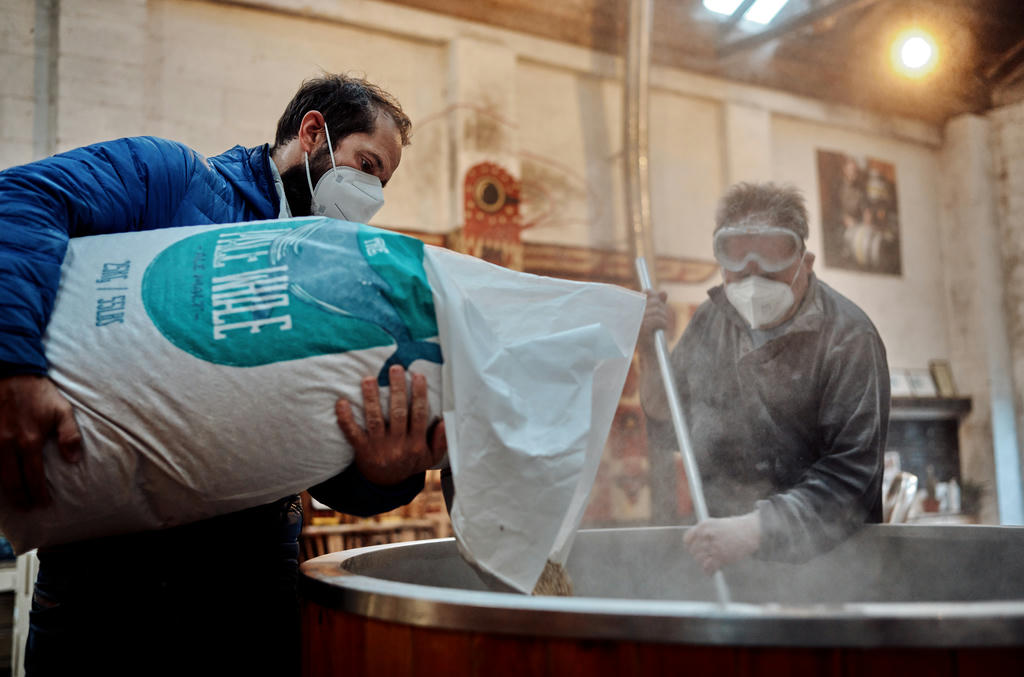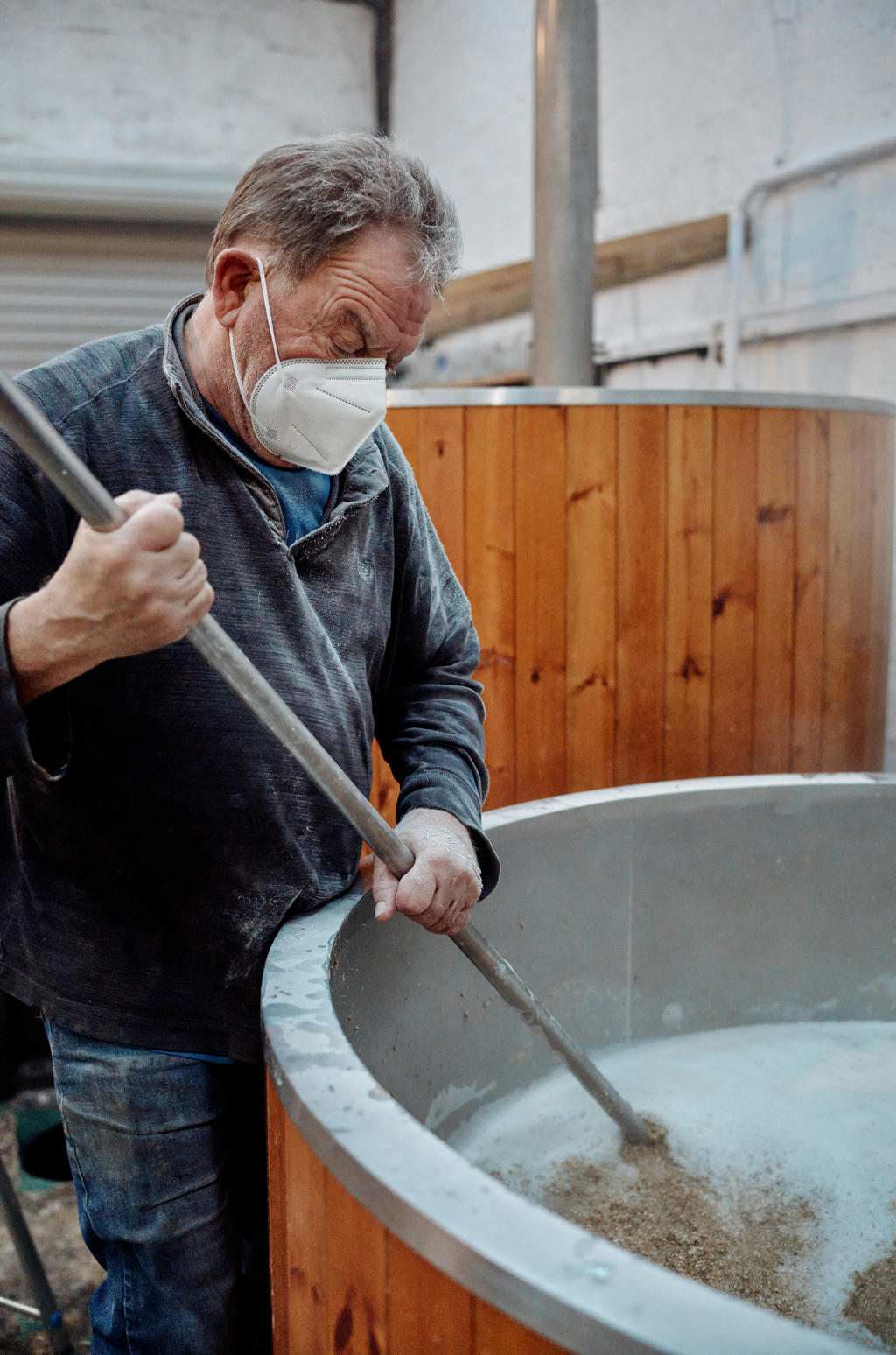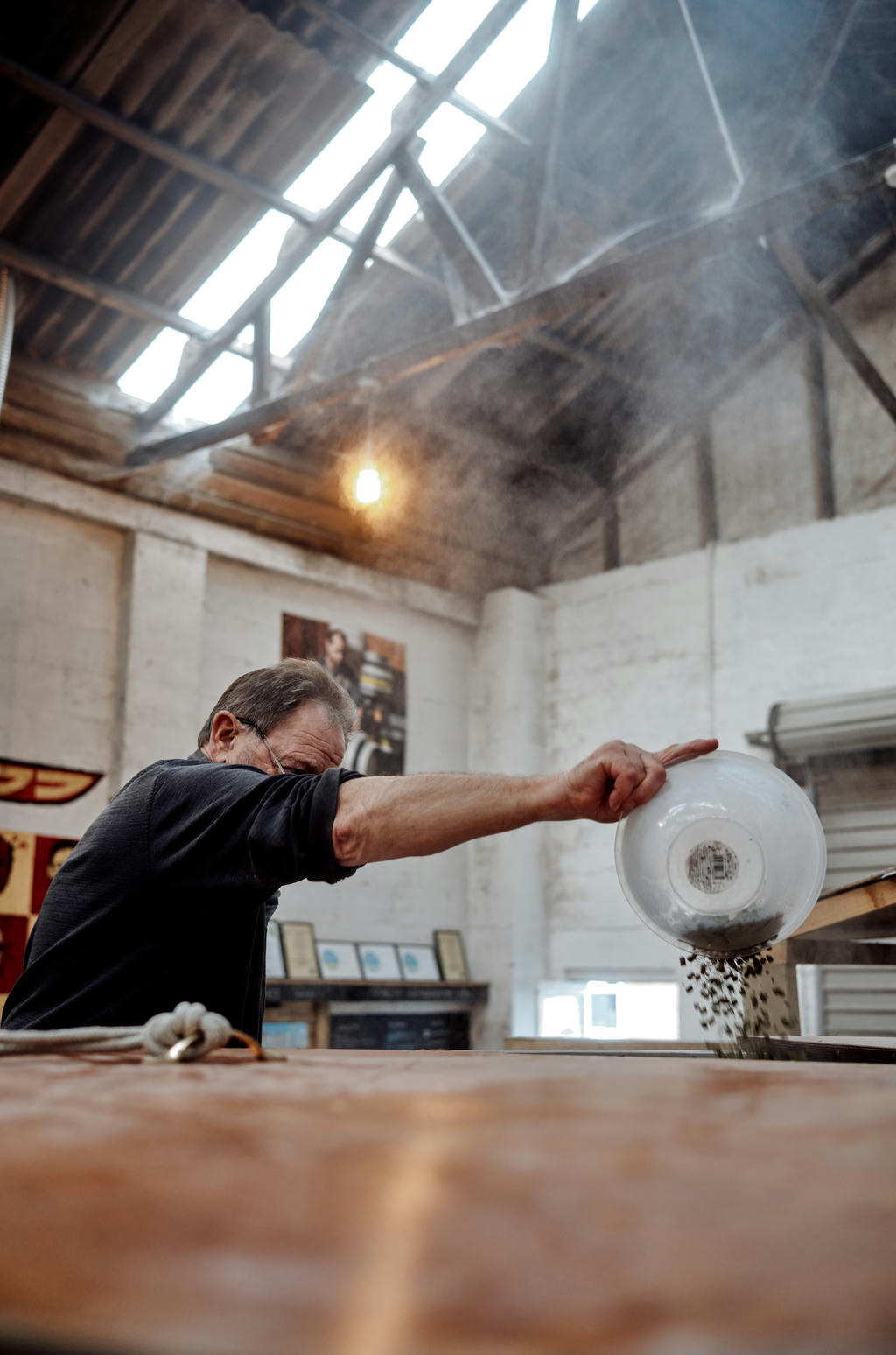Dynamite Valley Brewing Co.
Learning from Keith & Gareth at Dynamite Valley in Cornwall what goes into my favourite beers.
As an (unashamed) coffee snob, I like good coffee and take a real interest in what makes one brew different from another. I try to link the different varieties of beans, the climates they grow in and how they are processed, roasted and brewed to the end flavour.
Despite liking beer to the same degree, I knew virtually nothing about the process until I spent the morning with Keith & Gareth at Dynamite Valley Brewing Co.



Nestled under Dynamite Valley’s viaduct just outside Ponsanooth, is the home of one of my favourite beers. I stumbled upon them a few years ago and loved the simple, plain brown bottles wrapped in a “beer token” that invites you to their beer cafe on a Saturday and trade it for half a pint — a stellar deal if ever I heard one!
When, one weekend, a slightly wayward cycle took us near the brewery, we decided to stop by and cash in some tokens.

Since moving to Cornwall, I’ve noticed the strong sense of community that surrounds each small pub. It’s not quite like that scene from a Western where a newcomer steps through the saloon door and the piano stops…but it’s sometimes not far off!
Visiting Dynamite’s Beer Cafe couldn’t have been further from this experience. The regulars did indeed turn round and stop what they were doing, but only to come over and have a chat. Before long we were laughing and joking with new friends and our son was happily playing fetch with someone else’s dog. I hadn’t encountered such a warm and welcoming place in years, and knew I had to find out more. The incredible beer was just the cherry on top.
Brewing beer starts early. The day that I joined Keith and Gareth they were going to be brewing 1600 litres of their golden ale “Gold Rush” — a 15 hour process even before the fermentation begins.


The first stage requires pre-heating the mash tun with 67°C water and opening up the near dozen bags of grain that will make up this brew. Keith’s incredibly pragmatic attitude immediately became clear when one stubborn bag that refused to open properly was quickly and neatly slashed open.



Naively, I wasn’t prepared for the dust created when the grain started being tipped into the hot water. This is a hot, humid and messy process! Despite the countless bags being tipped in, the whole thing happened really quickly. The grain and water are mixed, with regular temperature checks throughout to ensure everything is evenly mixed.







Once the grain and water are fully mixed, they are left for about ninety minutes before a process called “sparging” begins, where 70°C water is washed over the mixture. This takes the mixture through the range of temperatures needed to fully extract all the sugars from the grain. The wort — the now solute-rich liquid — is transferred into the large kettle next to the tun, and Keith checks the gravity of the liquid with a refractomer throughout sparging to ensure that enough sugars and starches are being extracted.
In an ideal world, they would heat more water than needed for this process to ensure exactly the right volume was produced from this stage. However, with energy bills now pretty much matching the raw ingredients in cost, Keith has been adjusting the precise recipe in a bid to find some extra efficiency in their brewing. All that’s left to do is wait, and keep checking the gravity and hope the output from the sparging meets the goal of 1600 litres.



Keith was fairly adamant that the rest of the process isn’t as visually interesting — just “men at work” preparing all the pumps and pipework needed to move their various brews between containers.
However, I found the equipment interesting and wonderfully tactile. Coming from years developing software where I was staring at a screen and tapping at a keyboard it was pleasingly mechanical. It transpires that Keith used to be a chartered engineer and that the design and build of the brewery is largely Keith’s handiwork. As he explains it and all the small details that make it work, his pride is clear to see.
A brew day is very much a “hurry up and wait” affair, but there’s always plenty to be doing.









Unfortunately, I had to leave shortly after midday, but not before the kettle had got up to the boil and the first lot of hops were weighed out and added. The smell was utterly wonderful. I’d recommend a brewery tour to any beer lover for that smell alone!
Yet again, Keith was going to be altering his recipe. Their recent bags of amber have been resulting in slightly darker beer than normal, making their golden ale not quite so golden. Keith’s theory was that ten minutes less on the boil might counter this without any change in flavour.






The guys still had a long day ahead of them when I left — another 9 hours or more by the time everything had been cleaned and ready for the next brew! With loads still to do, both hard physical labour and taxing paperwork to keep everything traceable and above board; I can’t help but appreciate the effort, knowledge and utmost love that goes into the beer I drink.
Craft beer has seen a wonderful resurgence in the past decade, but with news of more than a few local breweries having to close their doors recently, it’s under economic threat. If you’ve got a local brewery that produces beer you love, I’d implore you to get to know the people behind it. Learn about the process, find out how you can help. We’ve only just escaped from boring, flavourless, mass-produced beer — let’s not go back to that!
If you’re wondering which of their beers is my favourite… I love their American IPA “TNT”, but having recently tried the oatmeal stout “Black Charge” from the cask I might struggle to choose just one!
